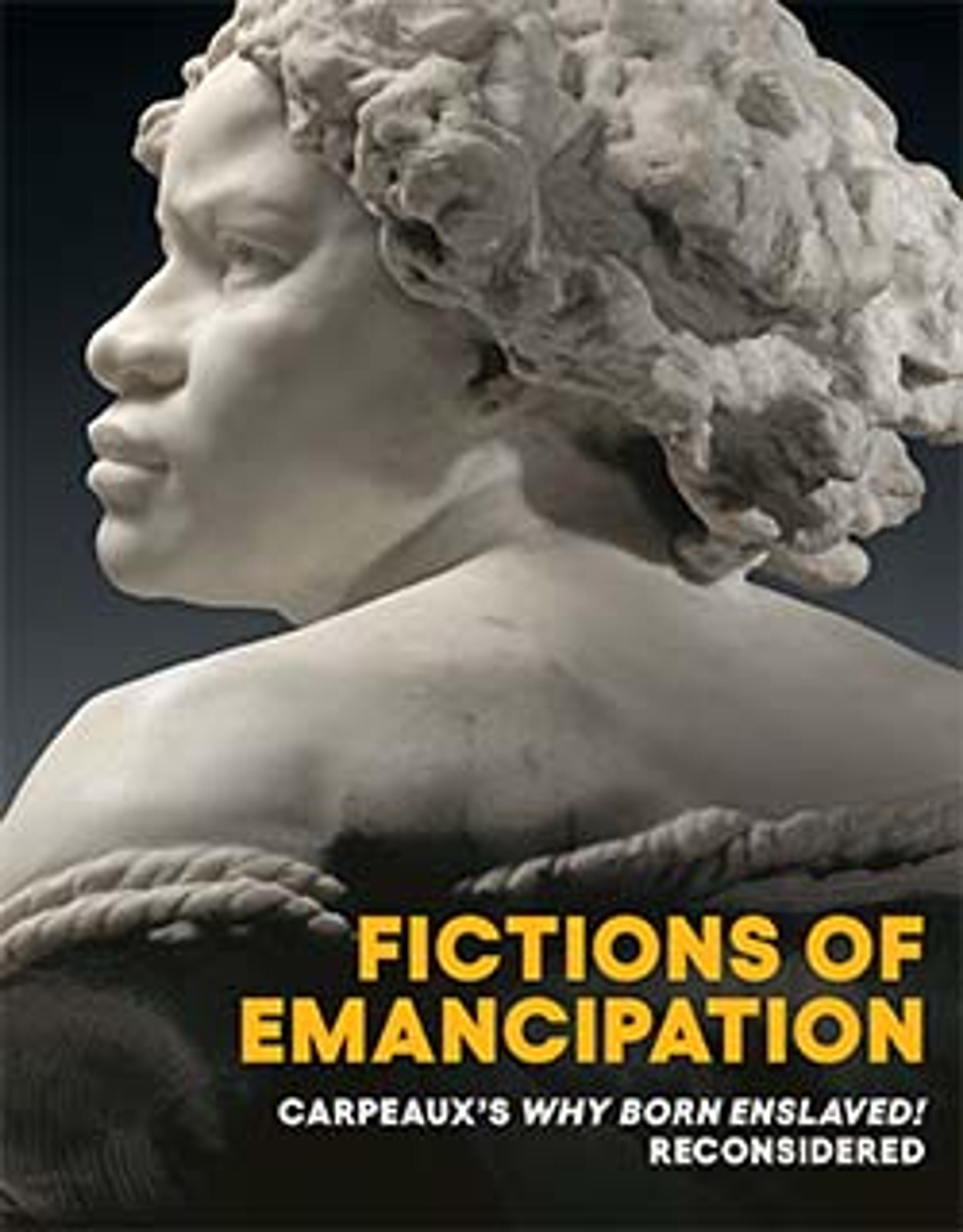Antislavery Medallion
In 1787, the Wedgwood ceramics firm issued a cameo medallion featuring a kneeling and shackled Black man with the inscription, "Am I not a man and a brother?" After its adoption as the seal of the London-based Society for Effecting the Abolition of the Slave Trade, the image became an emblem of the antislavery movements in Britain, France, and the United States. Proliferating in printed abolitionist literature, it also appeared on a wide range of consumer goods including the carved gemstone seal depicting a kneeling Black woman with the reworked phrase, "Am I not a woman and a sister?" which also appears in this exhibition. Despite the successes of the antislavery movement, the ubiquity of the motif of the kneeling and beseeching Black figure cemented associations between Blackness, slavery, and subservience. Similar associations emerge in Carpeaux’s Why Born Enslaved!, which also pairs a bound Black figure with a petitioning inscription.
Artwork Details
- Title:Antislavery Medallion
- Manufacturer:Josiah Wedgwood (British, Burslem, Stoke-on-Trent 1730–1795 Burslem, Stoke-on-Trent)
- Modeler:William Hackwood (British, ca. 1753–1836)
- Date:ca. 1787
- Culture:British, Etruria, Staffordshire
- Medium:Jasperware
- Dimensions:Overall (confirmed): 1 3/16 × 1 1/16 in. (3 × 2.7 cm);
Overall (as mounted, confirmed): 2 3/8 × 1 3/16 in. (6 × 3 cm) - Classification:Ceramics-Pottery
- Credit Line:Gift of Frederick Rathbone, 1908
- Object Number:08.242
- Curatorial Department: European Sculpture and Decorative Arts
More Artwork
Research Resources
The Met provides unparalleled resources for research and welcomes an international community of students and scholars. The Met's Open Access API is where creators and researchers can connect to the The Met collection. Open Access data and public domain images are available for unrestricted commercial and noncommercial use without permission or fee.
To request images under copyright and other restrictions, please use this Image Request form.
Feedback
We continue to research and examine historical and cultural context for objects in The Met collection. If you have comments or questions about this object record, please contact us using the form below. The Museum looks forward to receiving your comments.
